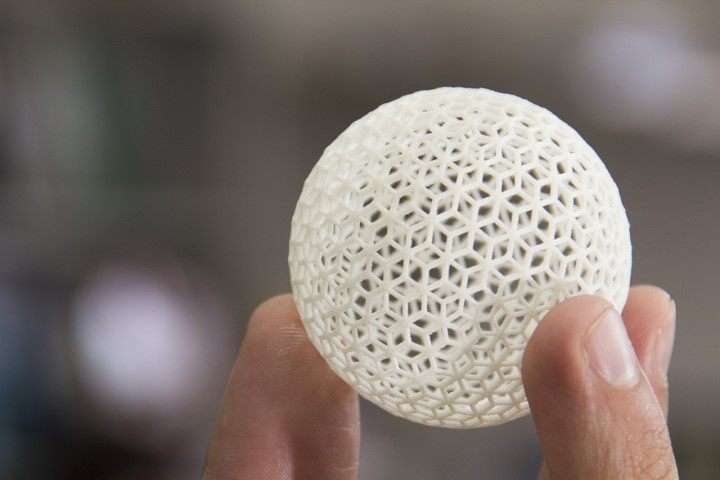Automotive
How MEMS Mirrors can make LiDAR Economical
All of this was made possible via MEMS mirrors. Do you know how they can assist in lowering the cost of LiDAR?

LiDAR is a complex technology that has gone through many adjustments and upgrades before becoming efficient and accessible for an average consumer. The bulky and expensive LiDAR has been dramatically improved as a consequence of continuous improvement. All of this was made possible via MEMS mirrors. Do you know how they can assist in lowering the cost of LiDAR?
While LiDAR systems struggled with its fundamental problems such as high cost, big size, limited edition, and low efficiency, technology has found a solution in the form of a MEMS scanning mirror.
Table of Contents
1. What is LiDAR?
LiDAR is a light and range sensor or laser projection with distance detection. They became trendy after introducing the first uncrewed vehicles; for example, in uncrewed Yandex automobiles, the LiDAR sensor aids in orienting the vehicle in space.
The term LiDAR refers to the use of light to track the position of objects on a plane. The technology was developed in the 1960s. It was initially designed to track satellites and military targets. Later on, technology permeated other aspects of human life.
2. Key Challenges of LiDAR
Any technology sooner or later starts experiencing difficulties. LiDAR is no exception. Although, in theory, everything seems to be ideal, the reality shows that LiDAR struggles with the following issues, which limit its ability to be widely used and make it expensive:

- It needs a mechanical mirror to deflect the laser beam;
- Mandatory use of motor for rotation of mirror about its axis;
- The engine consumes a significant amount of power;
- The machine is substantial.
- The high cost of mirrors;
- Such an extensive system is frequently heavy and can only be integrated into large applications;
- Many LiDAR applications necessitate a wide field of view.
3. What Are MEMS Mirrors?
MEMS (Micro-Electro-Mechanical Systems) are mechanical structures that can be miniaturized and fully integrated with electrical circuits. These microscopic electromechanical components can perform computational and communication functions while consuming very little power and tiny size.
4. Does LiDAR Work With Mirrors?
LiDAR sensors based on MEMS mirrors are a promising solution. MEMS mirrors have a well-developed silicon design that has proven to be effective in various automotive applications.
MEMS mirrors have many advantages for LiDAR, including:
No need for rotating components. As a result, the MEMS-based LiDAR system is more robust and more durable than the mechanical LiDAR system;
- Market accessibility;
- Compactness;
- Small deflection angles.
A team of researchers from the University of Florida developed a prototype of the LiDAR system using the property of MEMS mirrors to deflect the laser. Not only does the novelty have a wide field of view, but it also consumes very little power. Moreover, due to its small size, it can be easily mounted in small applications.
In the LiDAR system, this feature of MEMS mirrors is used as a scanning element. As a result, the LiDAR device can be powered by a 9V battery charge. The LiDAR prototype also includes an infrared sensor, which is activated only when specific parameters are met.
The prototype has a simple design, but it is one of the bulkiest and energy-intensive components of LiDAR systems. As a result, it is ideal for residential and commercial applications that use intelligent environmental control systems. The developer team plans to improve the LiDAR system by reducing its size and power consumption.
The smaller volume and lower cost of the LiDAR will aid in its integration into a wide range of applications, such as various sensors and control systems that can display the immediate environment. We anticipate that consumer interest in future LiDAR based on MEMS scanning mirrors will increase.
-

 Instagram5 years ago
Instagram5 years agoBuy IG likes and buy organic Instagram followers: where to buy them and how?
-

 Instagram5 years ago
Instagram5 years ago100% Genuine Instagram Followers & Likes with Guaranteed Tool
-

 Business6 years ago
Business6 years ago7 Must Have Digital Marketing Tools For Your Small Businesses
-

 Instagram5 years ago
Instagram5 years agoInstagram Followers And Likes – Online Social Media Platform
















